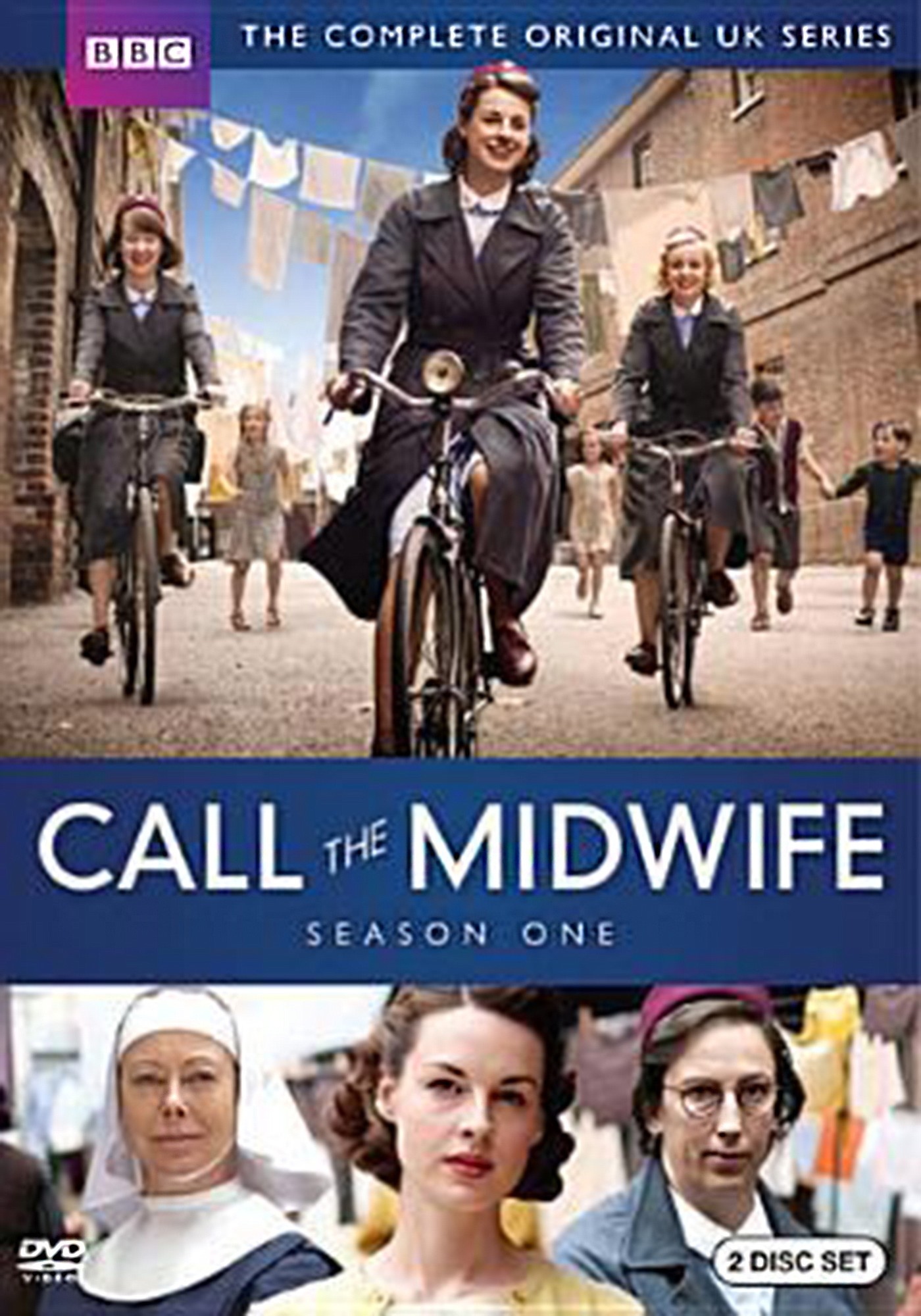My TV viewing habits are, well, predictable and narrowly focused. I kind of hate to admit this, but when I get home from work, the highlight of my evening comes around at 7 o’clock: that’s right, the “Jeopardy” and “Wheel of Fortune” hour. I guess I’m a little bit embarrassed about this, because it’s more fun to let you think that my life is a constant whirlwind of excitement and adventure. Well, now you know it isn’t. So there.
The downside of having such a limited TV routine is that I often miss out on some pretty terrific shows. Take “Call the Midwife” for example. This BBC series debuted in the U.S. in 2012, yet I am just now becoming aware of it. Forget “Keeping Up with the Kardashians”; I can’t even keep up with quality programs! (And if that sounds like a slam against the Kardashians, it is. To those who follow their antics, er, activities, please accept my not-very-sincere apology).
If you, too, are behind the curve when it comes to what’s on television, let me just say this: thank goodness for the library. Did you know that our DVD collection includes many popular TV series, as well as movies? When the “Downton Abbey” series passed me by, I was able to catch up by checking out Seasons 1 through 5. And now that I’m turning into a big fan of “Call the Midwife,” I can watch the previous seasons just by using my library card.
What a great deal!
Now that you know about the library’s fabulous DVD collection, you might be wondering why I’m so enthralled with “Call the Midwife.” First of all, it’s a BBC production, and the folks at BBC have a proven track record of producing high-quality programs. Secondly, the series is based on the memoirs of Jennifer Worth, who was a practicing nurse and midwife in 1950s Britain.



